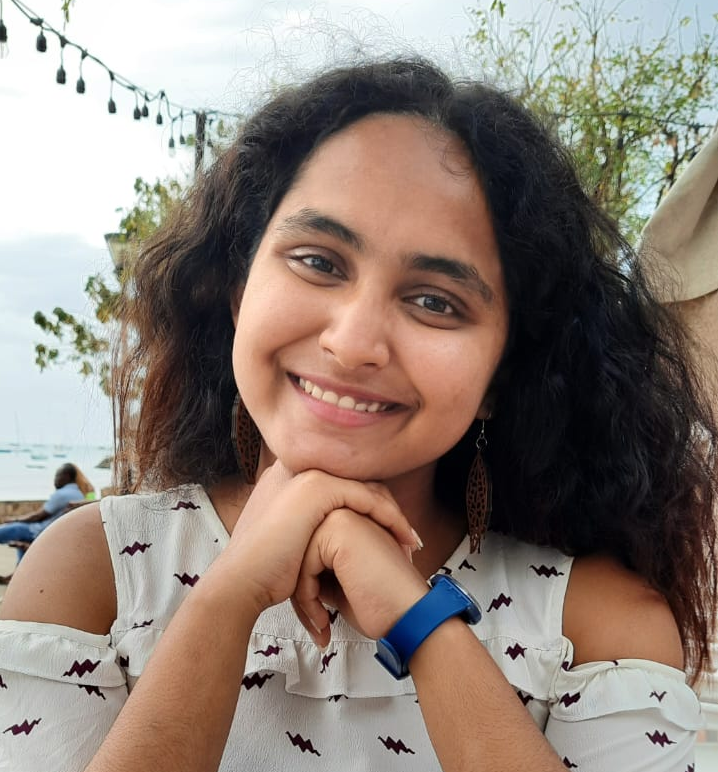Anwesha Sahu
|
I am a first year PhD researcher working with the white dwarfs and transients research group. My supervisor is Deanne Coppejans. I study AM CVn stars (a sub-class of binary white dwarf stars) in the radio spectrum using data from the VLA. Little is understood about the accretion and outflow physics of cataclysmic variable stars, and their compact binary counterparts, AM CVn systems. Using observations from the Karl G. Jansky Very Large Array (VLA), I have obtained the deepest radio constraints to date, for two such AM CVn systems: AM CVn and HP Lib. By cross-matching with other large scale surveys such as LOFAR and VLASS, the radio emission properties and mechanisms of AM CVn and CV populations can be better characterised. This can propel our undestanding of the Type Ia supernovae progenitors, which form the bulk of positive detections with GOTO's difference photometry. I completed my MSci at the University of Birmingham with my final year dissertation on machine learning applications for radio astronomy, with a focus on classification of radio objects from MeerKAT. I also work with the GOTO and ePESSTO+ collaborations for follow-up and data analysis on transients. |
|
Research/Publications
|
|
Past Research
|
|
Meetings & Conferences
|
|
Outreach/Engagement
|
|
Awards/Scholarships
|
|
Teaching
Teaching
|

